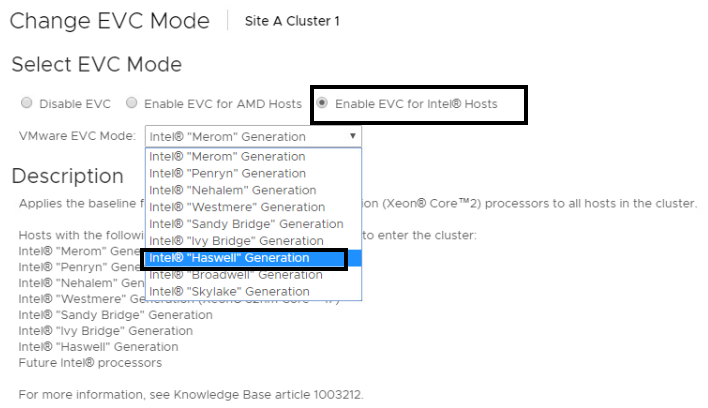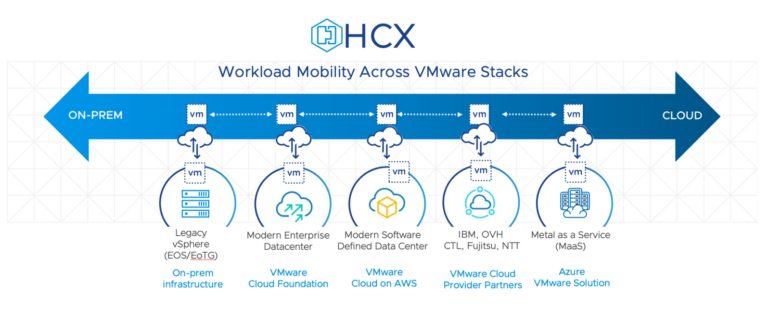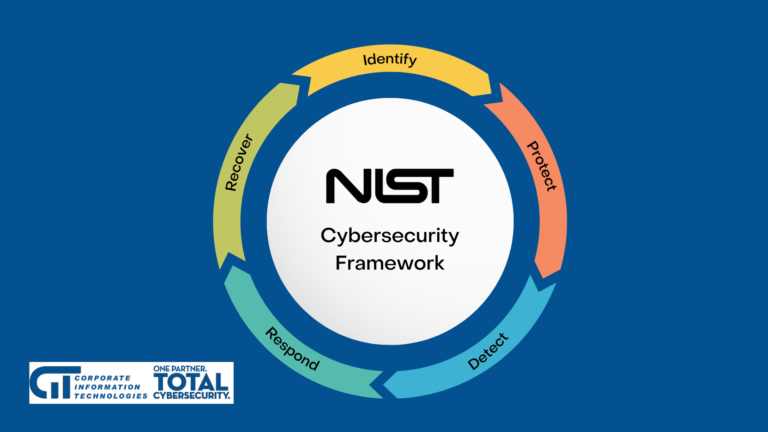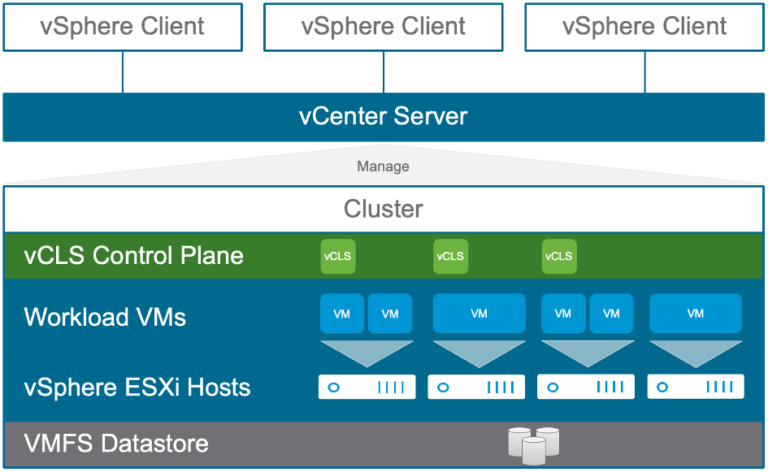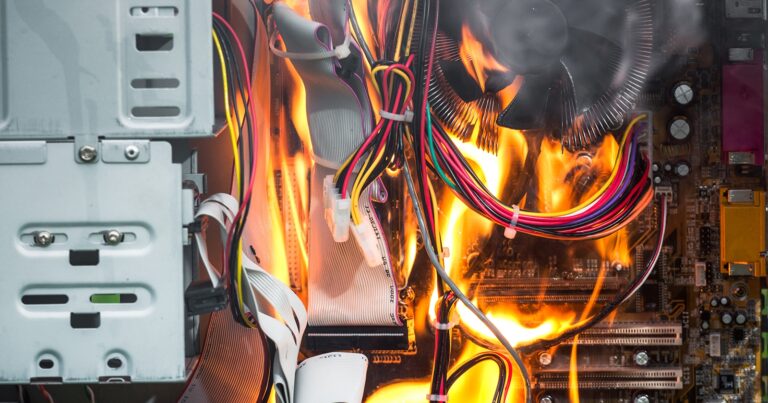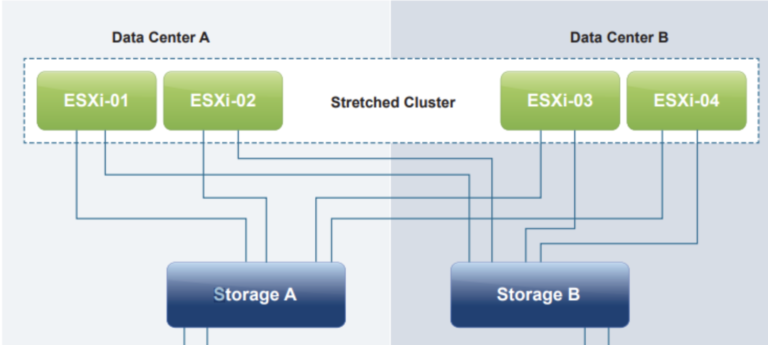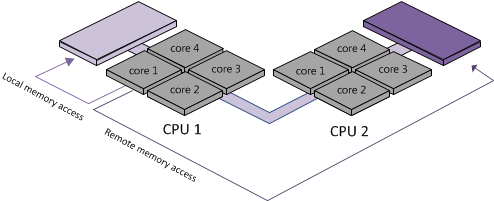All Paths Down
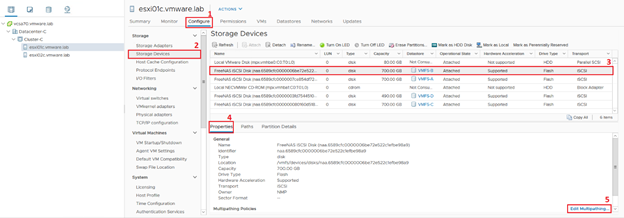
In VMware vSphere, the “All Paths Down” (APD) condition refers to a situation where the storage device becomes temporarily inaccessible to the ESXi hosts. This can occur due to various reasons, such as storage system failure, connectivity issues, or misconfigurations.…

